Photinia as Privacy Fence
User
16 years ago
Related Stories
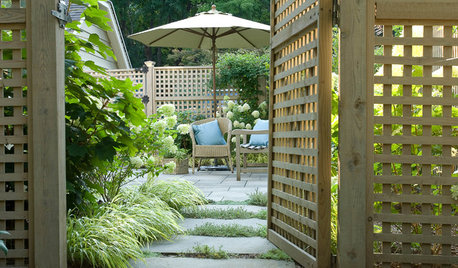
GARDENING AND LANDSCAPINGUpgrade Your Outdoor Privacy With Lattice
Keep prying eyes in their place while letting the light peek through when you add lattice fencing to your yard or patio
Full Story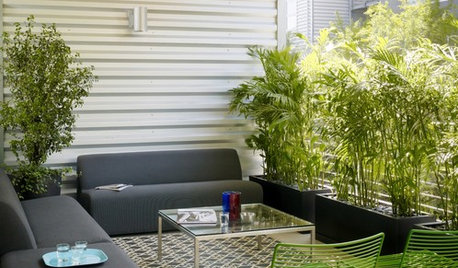
GARDENING AND LANDSCAPINGPrivacy Screening Made Pretty
Craving a secluded escape in your own backyard? Check out these stylish solutions for privacy walls and screens
Full Story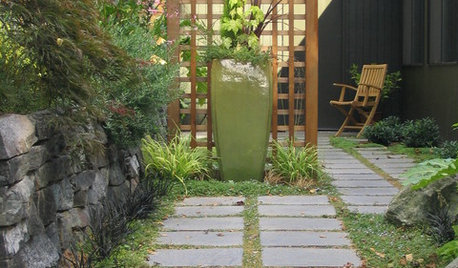
GARDENING AND LANDSCAPINGLandscapes Make a Privacy Statement
Between a fortress and a wide open space lies the sweet spot for just the right amount of privacy in your exterior spaces
Full Story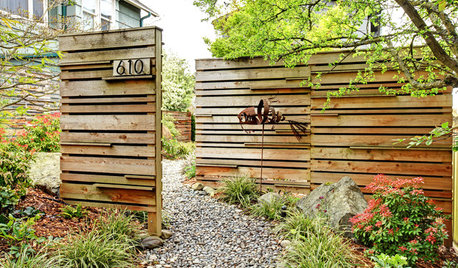
FENCES AND GATESHow to Choose the Right Fence
Get the privacy, security and animal safeguards you need with this guide to fencing options
Full Story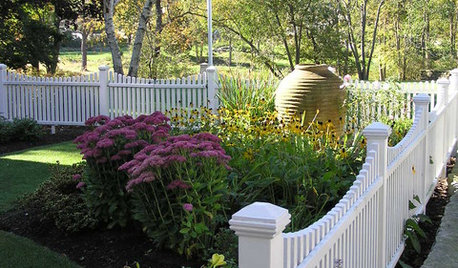
GARDENING AND LANDSCAPINGLandscape Detail: Do Fence Me In
For security and privacy or just a sweet backdrop to the begonias, a fence in your garden or yard is the finishing touch
Full Story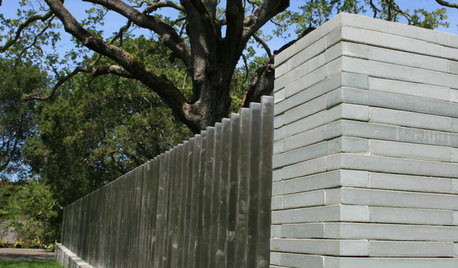
EXTERIORS11 Fences to Match a Modern Mood
Pass on the picket — steel, glass and other materials let fences make a perfect union with modern house mates
Full Story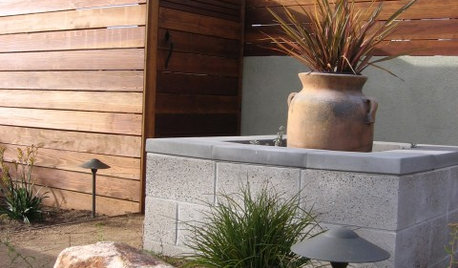
FENCES AND GATESModern Fencing for a More Secure Home
Deter would-be burglars without robbing your home of style, by installing a modern fence like one of these
Full Story
GARDENING AND LANDSCAPINGGrow a Lush Privacy Screen
No need to wait forever for patio privacy the green way. These 10 ideas will get your screening up and running in no time
Full Story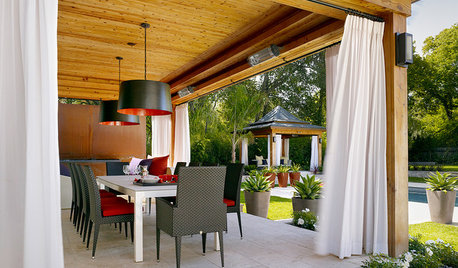
PATIOSGet Backyard Privacy the Subtler, Stylish Way
Why settle for a hulking brick wall when plants, screens and other refined backyard dividers do the job with panache?
Full Story





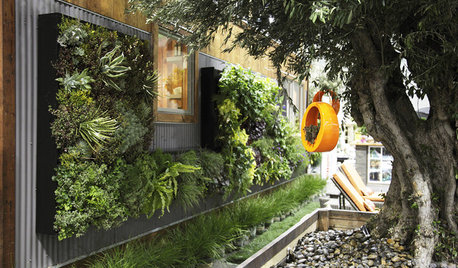
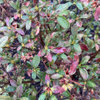
Iris GW
UserOriginal Author
Related Professionals
New Bedford Landscape Architects & Landscape Designers · Allentown Landscape Contractors · East Patchogue Landscape Contractors · Wethersfield Landscape Contractors · Wheat Ridge Landscape Contractors · 07920 Landscape Contractors · Suisun City Landscape Contractors · San Francisco Window Contractors · Morro Bay Window Contractors · Suitland Window Contractors · Royal Oak Driveway Installation & Maintenance · Fairfax Decks, Patios & Outdoor Enclosures · Rogers Decks, Patios & Outdoor Enclosures · Saint Louis Park Decks, Patios & Outdoor Enclosures · West Chester Decks, Patios & Outdoor EnclosuresIris GW
gardengal48 (PNW Z8/9)
UserOriginal Author
Embothrium